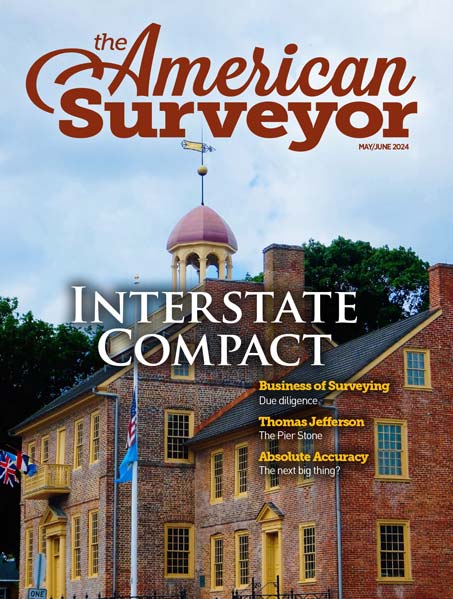"Overall nonresidential construction volume continues to trend lower on a monthly basis, an indication that this segment of the nation’s economy remains mired in its own recession." —ABC Chief Economist Anirban Basu
Despite the increase in housing construction, private nonresidential construction spending slipped 1.8 percent in September, according to the November 2 report by the U.S. Census Bureau. On a year-over-year basis, private nonresidential construction spending is down 15.4 percent. Meanwhile, total nonresidential construction spending, which includes both private and public construction, fell 0.4 percent to $676.2 billion from August and is down 6.5 percent from September 2008.
Infrastructure-related construction accounted for most of the increases from August to September with public safety construction up 2.4 percent, and both transportation along with sewage and waste disposal-related construction sectors, 2.0 percent higher. Water supply construction posted a 1.7 percent increase, while highway and street construction saw a modest gain of 1.1 percent.
Those subsectors with the largest year-over-year increases include conservation and development, up 11.1 percent, manufacturing, up 11.0 percent and transportation-related construction up 10.9 percent.
However, any gains in construction spending between August and September were offset by declines in conservation and development construction, down 8.0 percent, manufacturing, down 2.8 percent, lodging, down 1.7 percent and power-related construction, down 1.2 percent. The three subsectors that continue to report the largest decreases on a year-over-year basis are lodging, down 37.7 percent, commercial construction, down 33.5 percent and office construction, down 25.5 percent.
In contrast, residential construction spending posted its largest gain since July 2003 with a 3.9 percent increase from August to September. Still, residential construction is down 26.3 percent from September 2008 levels. Overall, total construction spending is up 0.8 percent for the month, but is still down 13.0 percent from one year ago.
What This Means
“It would be difficult to view this construction spending report as purely good news. After all, overall nonresidential construction volume continues to trend lower on a monthly basis, an indication that this segment of the nation’s economy remains mired in its own recession,” said Associated Builders and Contractors (ABC) Chief Economist Anirban Basu.
“However, there is certainly more than a bit of good news present in this month’s release. It has become quite apparent that the stimulus package is now working its way through the economy and the construction sector,” said Basu. “Among the big winners in terms of construction put-in-place were transportation, sewage and waste disposal, and water supply-related construction.
“ABC’s proprietary backlog indicator has been suggesting for several months that this rebound was on the way, as the stimulus package translated into rising infrastructure backlog during the summer months and is now appearing in the form of actual construction put-in-place,” said Basu.
“From a broader perspective, there are other reasons for emerging optimism. Data from other industries, including manufacturing, suggest that the nation’s economic recovery is now gaining traction,” said Basu.
“Because nonresidential construction lags the overall economy by at least twelve to eighteen months, the emerging recovery will not necessarily translate into improved construction spending in the very near term with the exception of those segments directly impacted by the stimulus package,” said Basu. “In short, as the economy continues to improve, so too does the two year economic outlook for the nonresidential construction industry.”
